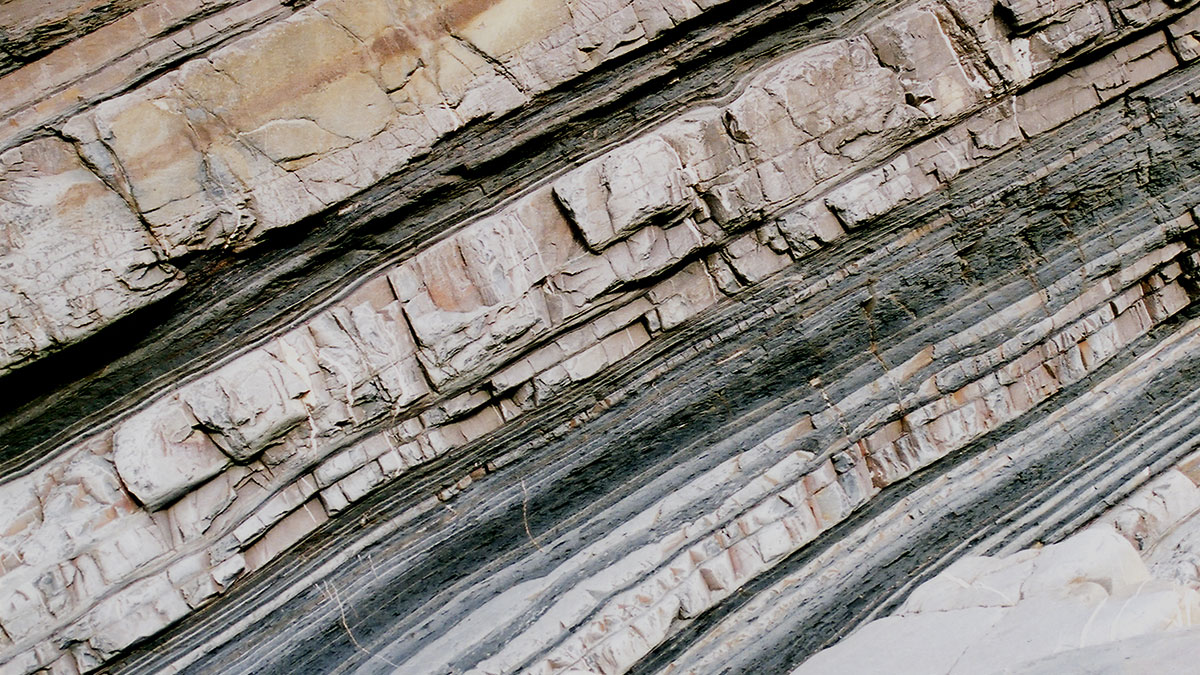Scientists are making progress on illuminating how undersea sedimentary deposits called turbidites form and on reconstructing the complex histories they record. But it’s not an easy task.
seismology
A Strong Pacific Plate Bends Under the Hawaiian Volcanic Chain
Two seismic studies reveal the volcanic loads and resulting flexure of the Pacific plate at the Hawaiian Ridge and, surprisingly, show no magmatic underplating.
The United States Has an Updated Map of Earthquake Hazards
The new National Seismic Hazard Model shows where damaging earthquakes are likely to occur, informing public safety and infrastructure policies.
The Not-So-Silent Depths
A new book reveals that ocean depths are far from silent voids, but are actually alive with noise.
Scientists Model What’s Moving Beneath Earth’s Surface
A 3D printed model of a fault served as the setting for a hydrofracturing experiment exploring the mechanisms behind slow earthquakes.
Do Some Cratons Have Soggy Bottoms?
Long-persistent stable cratons bear much of the deep-time geologic record, and a new study combines seismic and petrological data to reveal how interactions with mantle fluids can shape their evolution.
Costa Rican Faults Quiver in Response to Distant Earthquakes
Scientists found flurries of seismic activity within weak fault zones in Costa Rica after two giant ruptures elsewhere.
Thunderquakes Map the Subsurface
Researchers have figured out how rumbling thunder turns to seismic waves and how this shaking could be used to reveal subsurface geology.
Subducted Seamounts May Lead to Larger Earthquakes
New findings show that underwater mountains may increase friction along subduction zones, building up stress and making larger ruptures more likely.
Mars’s Interior May Have an Extra Layer of Molten Rock
New findings suggest that unlike in Earth, the bottom of Mars’s mantle is a sea of molten silicate rock.










